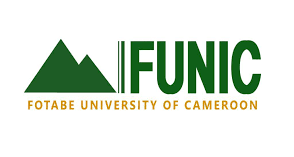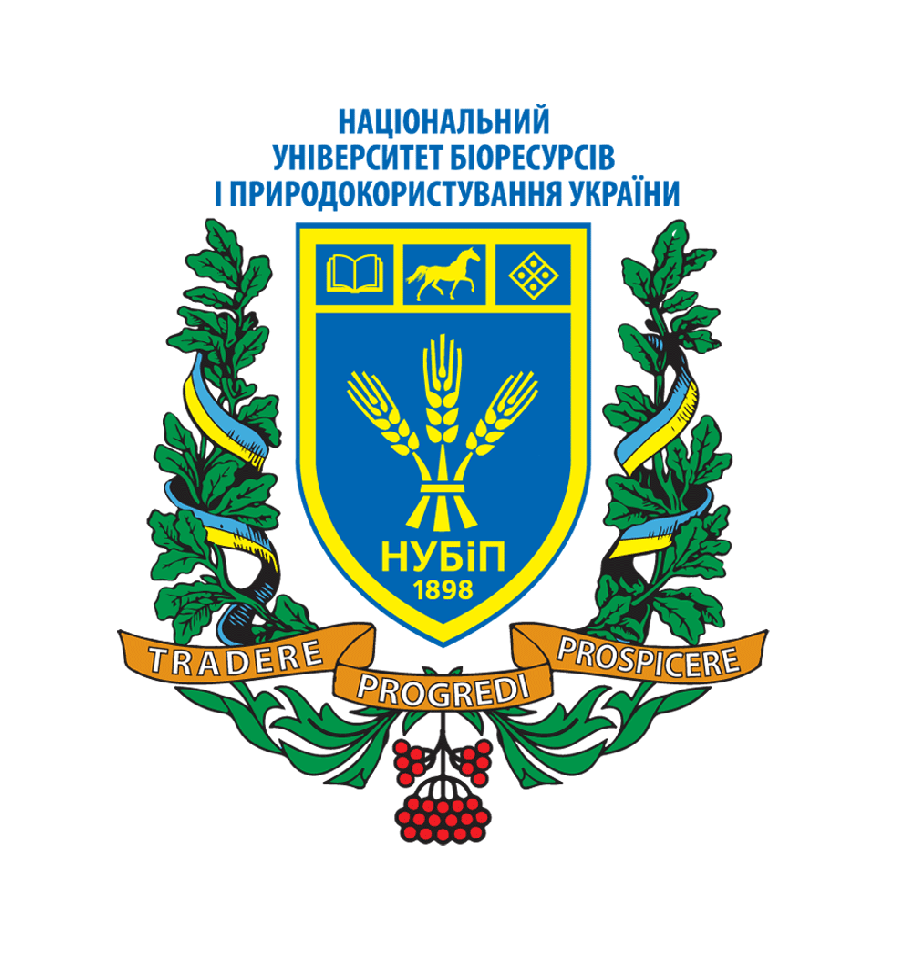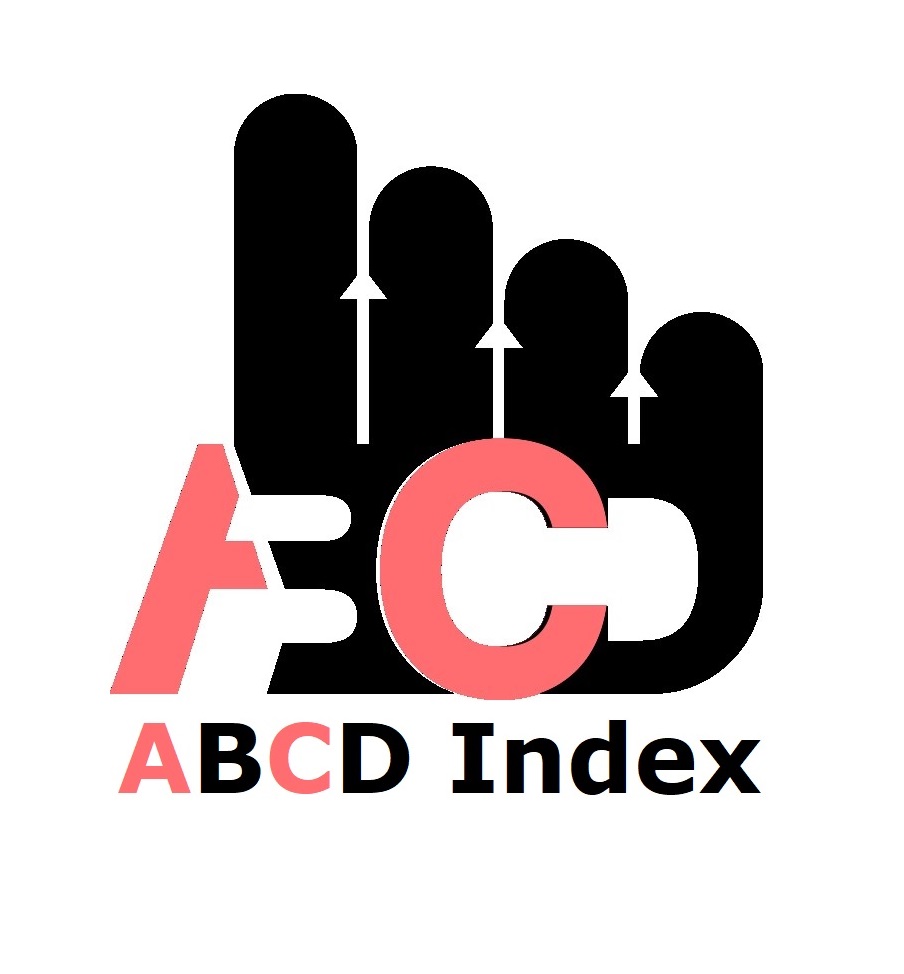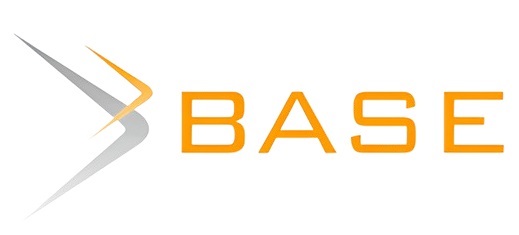The Politics of ‘Eating’ and Conflicts: Manifestation of Negative Ethnicity as a Consequence of Horizontal Inequalities in Uasin Gishu County, Kenya
Keywords:
Conflicts, Ethnic Patronage, Horizontal Inequality, Negative Ethnicity, PatronageAbstract
Horizontal inequalities, such as political exclusion, are likely to motivate ethnic group leaders to instigate conflicts. Ethnic nationalism becomes a key motivation for ethnic groups to mobilise based on their shared primordial identities. Uasin Gishu County has been the epicentre of ethnic conflicts due to horizontal inequalities perpetuated by political decisions that have proved impactful on ethnic relations in the county. Past conflicts in the county have been attributed to land disputes, political competition, and access to economic resources. This study thus puts into perspective how these factors associated with horizontal inequalities have exacerbated conflicts in the county. The study was anchored on the relative deprivation theory. This study adopted descriptive research design and historical research design. The study targeted the following categories of study population in Uasin Gishu County: Household heads, County Commissioner, County Secretary, Constituency Development Fund (CDF) Officials, local administration (Chiefs), religious leaders, civil society organisations, Members of County Assembly (MCAs), security personnel (senior police officers), and opinion leaders. Hence, the total number of household heads is 60,318. The researcher, therefore, determined the sample size for the nine wards using Fisher’s formula which states that for a target population greater than 10,000, the desired sample size can be determined using Fisher’s formula for sample size determination. Primary data was collected through questionnaires, interviews, and FGDs. Quantitative data was analysed using SPSS version 25 software to obtain descriptive statistics, particularly frequencies and percentages. Additionally, Pearson’s Correlation Coefficient Analysis was used to generate 2-tail bivariate Pearson’s correlation tables from the SPSS data set. Qualitative data was analysed using thematic techniques to support quantitative data. Quantitative data was presented using a table; qualitative data was presented in the form of narrative reports and verbatim quotations. Based on the findings, the study concludes that political horizontal inequalities that manifest through political exclusion, patrimonialism, and discrimination occasioned by ethnic patronage have been a major factor in intractable ethnic conflicts in the county. The study recommends transparency and inclusivity in political processes to reduce the manipulation of ethnic identities for political gains.
Published
How to Cite
Issue
Section
Copyright (c) 2024 James Omondi Juma, Frank Matanga, Crispinous Iteyo

This work is licensed under a Creative Commons Attribution-NonCommercial 4.0 International License.
Most read articles by the same author(s)
- Nelson Marwa Sospeter, Crispinous Iteyo, Nature of Drug and Substance Abuse in Kilifi and Mombasa Counties of Coastal Kenya , African Journal of Empirical Research: Vol. 4 No. 2 (2023): Jul-Dec 2023
- Kelly Otieno Opiyo, Prof. Kennedy Onkware, Prof. Crispinous Iteyo, The Challenges and Opportunities facing United Nations Mission and Peace Building Strategies in South Sudan , African Journal of Empirical Research: Vol. 5 No. 3 (2024): Jul-Sep 2024
- Charles Otieno P. Ochieng, Prof. Frank Khachina Matanga, Prof. Crispinous Iteyo, The Nexus between Electoral Management System and Post-Election Violence in Kenya Since 1963 , African Journal of Empirical Research: Vol. 5 No. 4 (2024): Oct-Dec 2024
- Kelly Otieno Opiyo, Prof. Crispinous Iteyo , Prof. Kennedy Onkware, The Nature of the United Nations Peace Mission in South Sudan , African Journal of Empirical Research: Vol. 5 No. 2 (2024): Apr-Jun 2024
- Zebedee Ekwenye Otte, Crispinous Iteyo, The Effectiveness of Peace Building Strategies Used in the Management of Electoral Conflict in Trans-Nzoia County, Kenya , African Journal of Empirical Research: Vol. 4 No. 2 (2023): Jul-Dec 2023
- Odiyo Onyango Awuor, Ruth Simiyu, Frank Matanga, Effectiveness of Biometric Modalities Employed in Management of Identity Based Conflicts in Nairobi County, Kenya , African Journal of Empirical Research: Vol. 4 No. 2 (2023): Jul-Dec 2023
- Charles Otieno P. Ochieng, Prof. Frank Khachina Matanga, Prof. Crispinous Iteyo, Contrasting electoral outcomes: A comparative study of the 2024 elections in Mozambique and Botswana , African Journal of Empirical Research: Vol. 6 No. 3 (2025): Jul-Sep 2025























